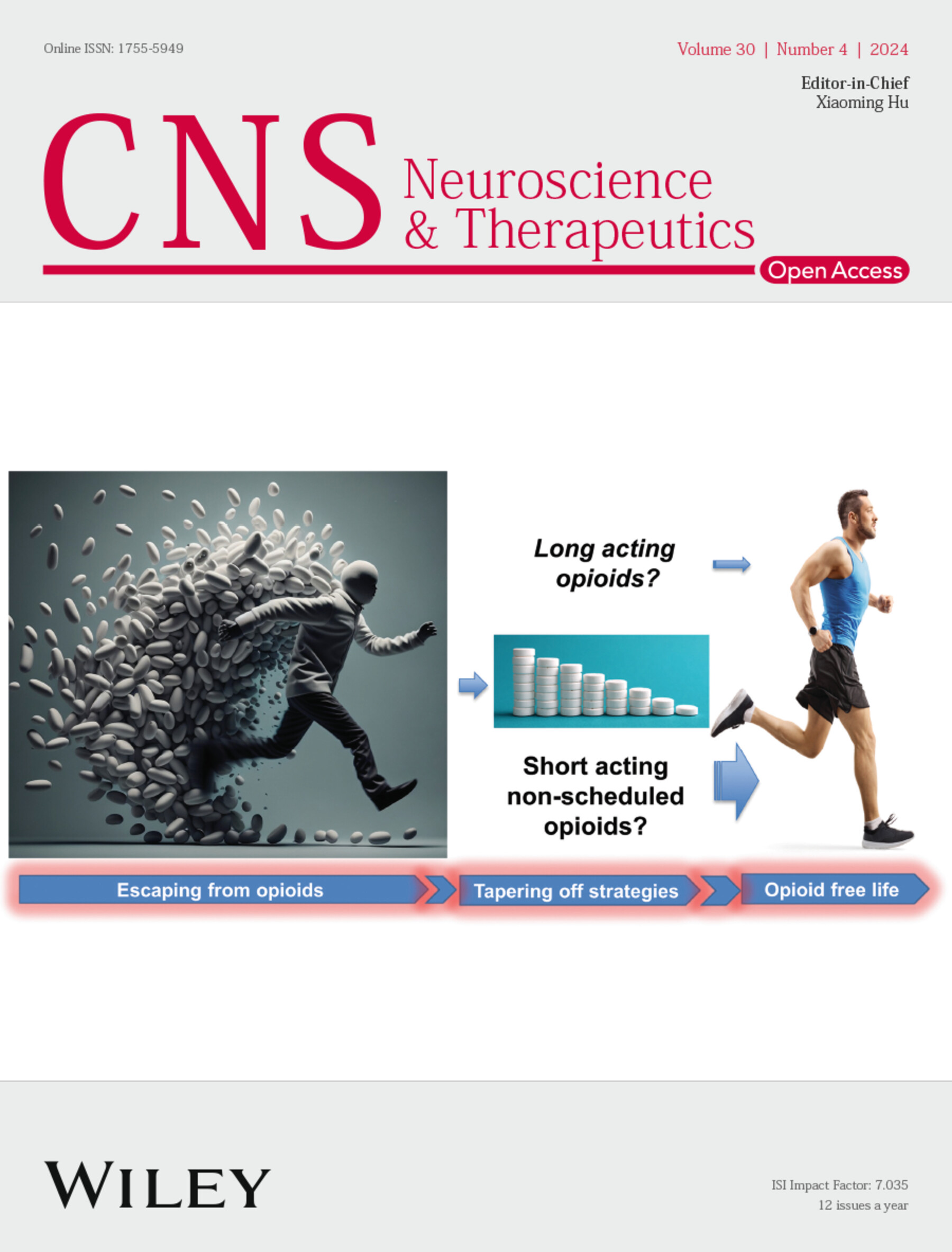Characterization of the Molecular Mechanisms Underlying Lurasidone-Induced Acute Manic Episodes in Bipolar Depression: A Network Pharmacology and Molecular Docking Approach
Abstract
Background
Lurasidone monotherapy has been approved for the treatment of bipolar depression. However, several case reports have indicated treatment with lurasidone-induced acute mania in people with bipolar depression. The mechanism by which this occurs remains to be elucidated.
Objective
In this study, we systematically explored the mechanism of action of lurasidone-induced acute mania in bipolar depression using network pharmacology and molecular docking.
Methods
Putative target genes for lurasidone were obtained from the GeneCards, PharmMapper, SwissTargetPrediction, and DrugBank databases. Targets for bipolar depression and acute mania were collected from the DisGeNET and GeneCards databases. A protein–protein interaction (PPI) network was built to screen the hub targets. The Bioinformatics platform and Database for Annotation, Visualization, and Integrated Discovery were used for the visualization of the Gene Ontology and Kyoto Encyclopedia of Genes and Genomes analyses of the top 20 core targets. The drug-pathway-target-disease network was constructed using Cytoscape. Finally, molecular docking was performed to evaluate the binding affinity between lurasidone and potential targets.
Results
In total, 327, 1253, and 429 targets of lurasidone, bipolar depression, and acute mania were identified, respectively. A topological analysis of the PPI network revealed the top 20 hub targets. Based on PPI, Gene Ontology, and Kyoto Encyclopedia of Genes and Genomes pathway analyses of the top 20 hub targets, lurasidone was found to induce acute manic episodes in people with bipolar depression by targeting the serotonergic synapse signaling pathway via MAOB, HTR1A, HTR2A, HTR3A, SLC18A2, HTR1B, and HTR7. Molecular docking revealed good binding affinities between lurasidone and these potential targets.
Conclusions
This study revealed that lurasidone may regulate the serotonergic synapse signaling pathway by interacting with the identified core targets MAOB, HTR1A, HTR2A, HTR3A, SLC18A2, HTR1B, and HTR7 to induce treatment-emergent mania in people with bipolar depression. Our work provides a theoretical basis for the pharmacology of lurasidone-induced acute mania in bipolar depression and further basic research.


 求助内容:
求助内容: 应助结果提醒方式:
应助结果提醒方式:


